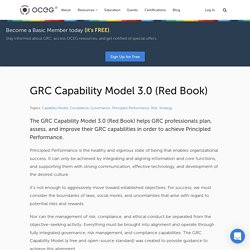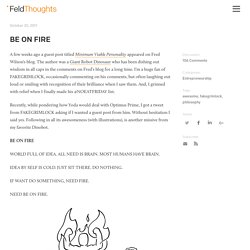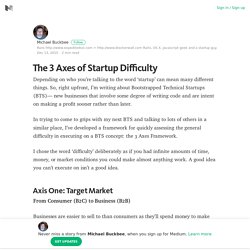

A business strategy is a deliberate plan that helps a business to achieve a long-term vision and mission by drafting a business model to execute that business strategy.

A business strategy, in most cases, doesn’t follow a linear path, and execution will help shape it along the way. What is a business strategy? At this stage, it is important to clarify a few critical aspects. As an HBR working paper entitled “From Strategy to Business Models and to Tactics” pointed out: Put succinctly, business model refers to the logic of the firm, the way it operates and how it creates value for its stakeholders. Is business strategy the same thing of a business model? What is a business model essence? Keeping in mind the distinction between business strategy and business models is critical. Therefore, for that sake of this discussion, you’ll find for each company’s business strategy, a business model essence that will help us navigate through the noisy business world.
The GRC Capability Model 3.0 (Red Book) helps GRC professionals plan, assess, and improve their GRC capabilities in order to achieve Principled Performance.

Principled Performance is the healthy and vigorous state of being that enables organizational success. It can only be achieved by integrating and aligning information and core functions, and supporting them with strong communication, effective technology, and development of the desired culture. It’s not enough to aggressively move toward established objectives. For success, we must consider the boundaries of laws, social mores, and uncertainties that arise with regard to potential risks and rewards. Nor can the management of risk, compliance, and ethical conduct be separated from the objective-seeking activity.
GRC Capability Model Updates OCEG was the first to publish a GRC Capability Model (and the only one independent of a specific profession or vendor solution). Four Components of The Model Sources For The Model Update. A few weeks ago a guest post titled Minimum Viable Personality appeared on Fred Wilson’s blog.

The author was a Giant Robot Dinosaur who has been dishing out wisdom in all caps in the comments on Fred’s blog for a long time. I’m a huge fan of FAKEGRIMLOCK, occasionally commenting on his comments, but often laughing out loud or smiling with recognition of their brilliance when I saw them. And, I grinned with relief when I finally made his #NOEATFRIDAY list. Recently, while pondering how Yoda would deal with Optimus Prime, I got a tweet from FAKEGRIMLOCK asking if I wanted a guest post from him. Without hesitation I said yes. In order to stay on the #NOEATFRIDAY list, I promised FAKEGRIMLOCK that this would be licensed under Creative Commons. Depending on who you’re talking to the word ‘startup’ can mean many different things.

So, right upfront, I’m writing about Bootstrapped Technical Startups (BTS)— new businesses that involve some degree of writing code and are intent on making a profit sooner rather than later. In trying to come to grips with my next BTS and talking to lots of others in a similar place, I’ve developed a framework for quickly assessing the general difficulty in executing on a BTS concept: the 3 Axes Framework.
I chose the word ‘difficulty’ deliberately as if you had infinite amounts of time, money, or market conditions you could make almost anything work. A good idea you can’t execute on isn’t a good idea. Axis One: Target Market From Consumer (B2C) to Business (B2B) Businesses are easier to sell to than consumers as they’ll spend money to make their problems go away. Axis Two: Tools vs Solutions. Change is becoming a constant.

Our daily lives are increasingly interrupted by Change. Change forces us to let go of our tasks, reflect, and decide what to do with sudden new reality. The more Change we experience, the more we as humans need to be able to step out of our day to day work and give that change a place. My co-founder, Maarten Lens-FitzGerald, and myself identified that, as this trend will continue, TEAMS are the crucial construct in which we cope and adapt to this continuous flow of change. Change forces humanity to be organised in teams and (re)act to change. The quest to decode Change set us on a journey that crossed centuries resulting in an exciting new model to support teams now and in the future to be successful in their endeavors.
Teams emerging out of systems and networks. One of the most common forms in which teams manifest themselves these times is Start-ups. The Quest We had many questions. Seeing Change Slowly some patterns began to emerge. Sharpening the lenses. Collaboration Mindmaps. ACCESS DENIED.